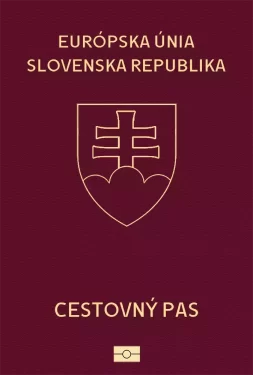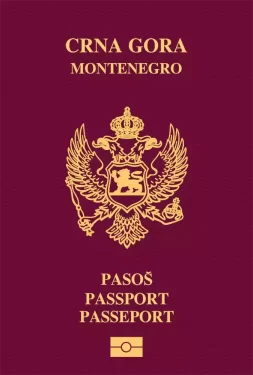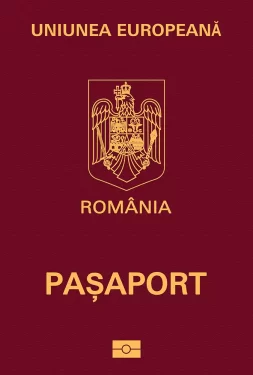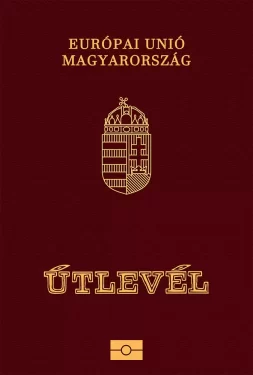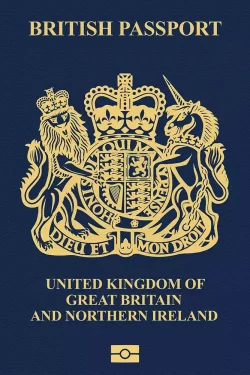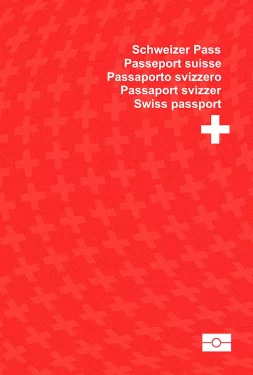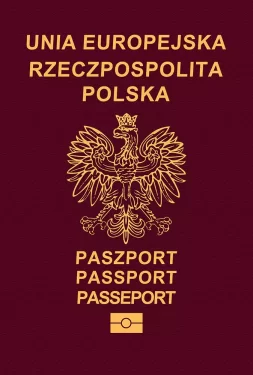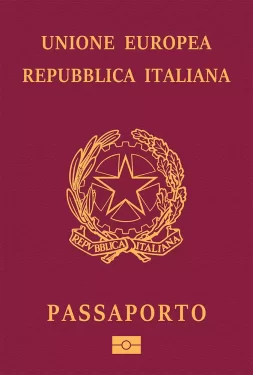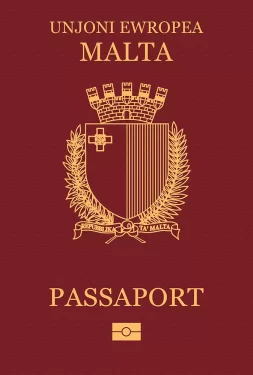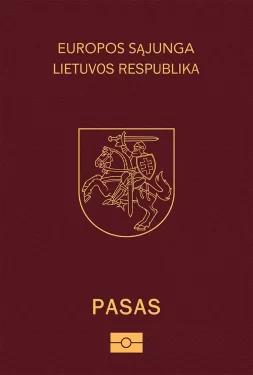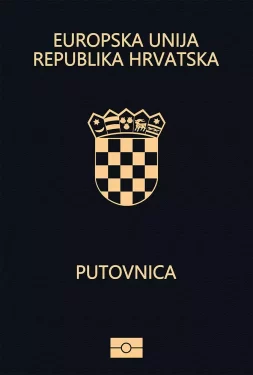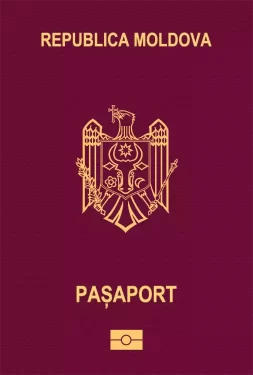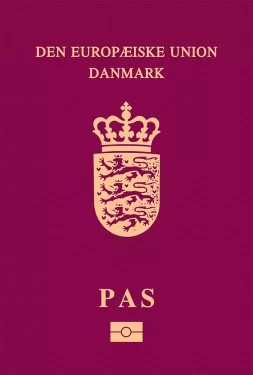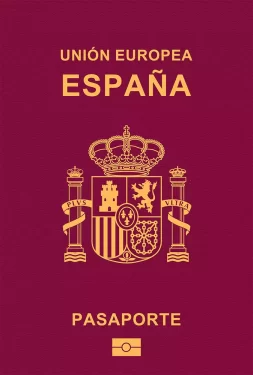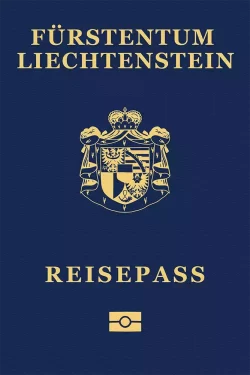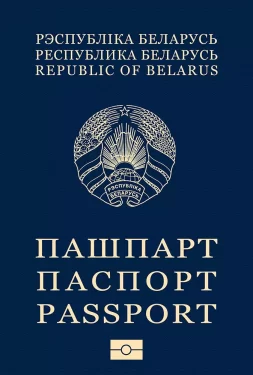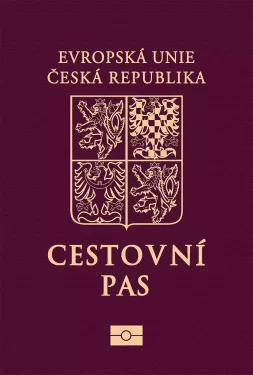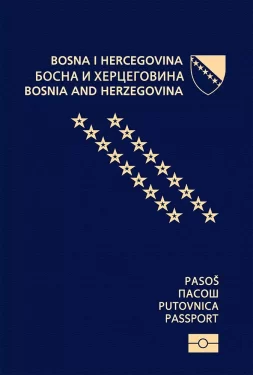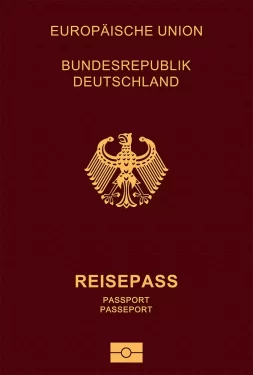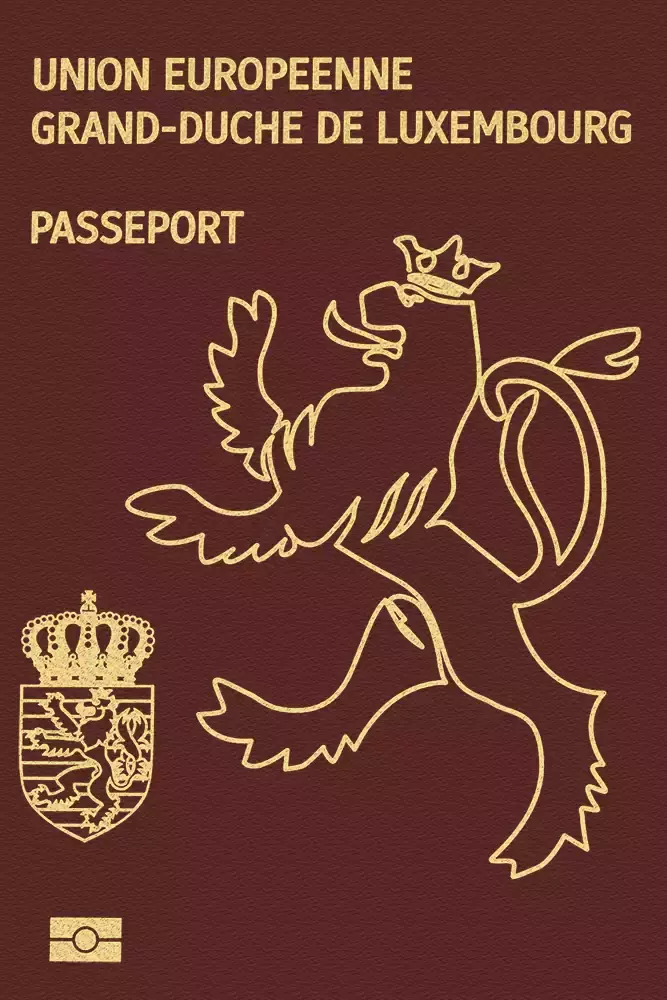
Luxembourg
Luxembourg passport ranking
The Luxembourg passport is currently ranked 4th place on the Guide Passport Index. It provides visa-free access to 191 countries. Making it one of the most desirable passports in the world with a very high mobility score. Luxembourg passport holders have visa-free and visas on arrival to countries such as Brazil, Japan, United Kingdom, Taiwan, United Arab Emirates, United States and the entire European Union allowing almost instant travel worldwide. Luxembourg passport holders do however require a visa to enter about 38 destinations in the world such as China, India and Russia.
Luxembourg Passport Ranking
The Luxembourg passport ranking relative to other global passports is calculated by adding up the number of countries that allow Luxembourg passport holders to enter without a visa (i.e. visa-free countries) and those that allow Luxembourg passport holders to enter by obtaining a visa on arrival (i.e. visa-on-arrival countries) or an electronic travel authorization (eTA). There are currently a total of 148 Luxembourg passport visa-free countries, 29 Luxembourg visa-on-arrival countries, and 14 eTA destinations.
Altogether, Luxembourg passport holders can enter a total of 191 destinations—either without a visa, through a visa on arrival, or via an eTA. As a result, the Luxembourg passport ranks 4 in the world.
Separate from these Luxembourg visa-free countries and visa-on-arrival countries, there are 38 additional destinations which Luxembourg passport holders either need a physical visa to enter or an eVisa (i.e. visa required countries).
About Luxembourg
The Grand Duchy of Luxembourg consists of three districts and is part of the European Union. It is located in Western Europe with neighboring countries Belgium, France and Germany. The three districts are Diekirch, Grevenmacher and Luxembourg. Luxembourg has a surface area of 2,586 square kilometers and is therefore one of the smallest countries in the European Union. Its climate is continental with mild winters and cool summers. The geography consists mostly of rolling uplands with broad valleys.
The overall population is 645,397 people. The capital of the country is Luxembourg City, which is also the most populous city is with 122,273 inhabitants. Other important cities are Esch-sur-Alzette and Differdange. The largest and only international airport is Luxembourg Airport (LUX) with 3.9 million yearly passengers. Luxembourg airport offers many connections to all over Europe.
Luxembourg’s culture is dominated mainly by its neighboring countries Germany and France. The official languages in the country are Luxembourgish, French and German. The legal system is the civil law. The government type is a constitutional monarchy with Grand Duke Henri as chief of state. The Prime Minister Xavier Bettel is currently the head of government.
The official currency of the country is the Euro (EUR) with the current exchange rate being EUR 0.93 to the USD. The country has an open economy, generating a GDP of approximately $66.8 billion, making it the 33rd largest economy in Europe. Its citizens have a per capita income of $112,045, which is the highest in Europe. The GDP is mostly made up of 2 key sectors, which are services and industry. An important GDP contributor is the country’s key expertise in the banking and financial sector. Its main goods of export are iron, metals, steel, grapes, barley, oats and potatoes.
Luxembourg is filled with a variety of urban and natural tourism destinations and attractions. It is known for its picturesque medieval towns and different cultural facets due to its trilingual system and influences. Some of the major destinations include the capital Luxembourg City and its old town, the National Museum of History and Art, the Bock Casements, the Grand Ducal Palace and Beaufort Castle. Due to its excellent road and train network, the country has a large number of day visitors form the neighboring countries. Overall, the nation has a total of approximately 1.1 million tourists visiting every year with the majority originating from Europe and its surrounding countries.
